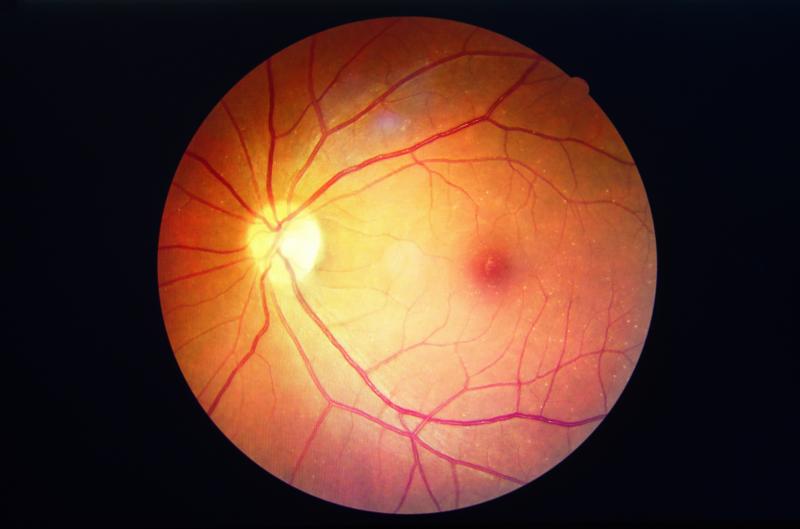
In systemic lupus erythematosus (SLE) patients treated with hydroxychloroquine (HCQ), longer duration of use and higher cumulative dose, as well as lower creatinine clearance and geographical origin from sub-Saharan Africa and West Indies, appear to be associated with an increased risk of treatment-related retinopathy, as reported in a study.
The analysis involved 23 SLE patients with confirmed HCQ retinopathy and 547 controls without retinal damage. Retinopathy was defined by abnormal results for at least two of the following ophthalmological tests: automated visual fields, spectral-domain optical coherence tomography (SD-OCT), multifocal electroretinogram (mfERG), and fundus autofluorescence.
On univariate logistic regression analysis, the following factors were significantly associated with treatment-related retinopathy: older age (p<0.001), shorter height (p=0.045), lower creatinine clearance (p<0.001), lower haemoglobin concentration (p=0.01), longer duration of HCQ intake (p<0.001), higher cumulative HCQ dose (p<0.001), and geographical origin from West Indies and sub-Saharan Africa; p=0.007).
However, in an analysis adjusting for potential confounders, only cumulative dose (p=0.016), duration of intake (p=0.039), creatinine clearance (p=0.002), and geographical origin (p<0.0001) remained associated with retinopathy.
The present data underscore the importance of closely monitoring SLE patients on HCQ for retinopathy, especially those from the West Indies or sub-Saharan Africa, or with renal insufficiency, longer HCQ intake, or a high cumulative dose, the researchers said.
They noted that although reducing the daily drug dose in patients with persistently high HCQ blood levels seems reasonable, such drug concentrations did not affect retinopathy risk among controls adherent to treatment.